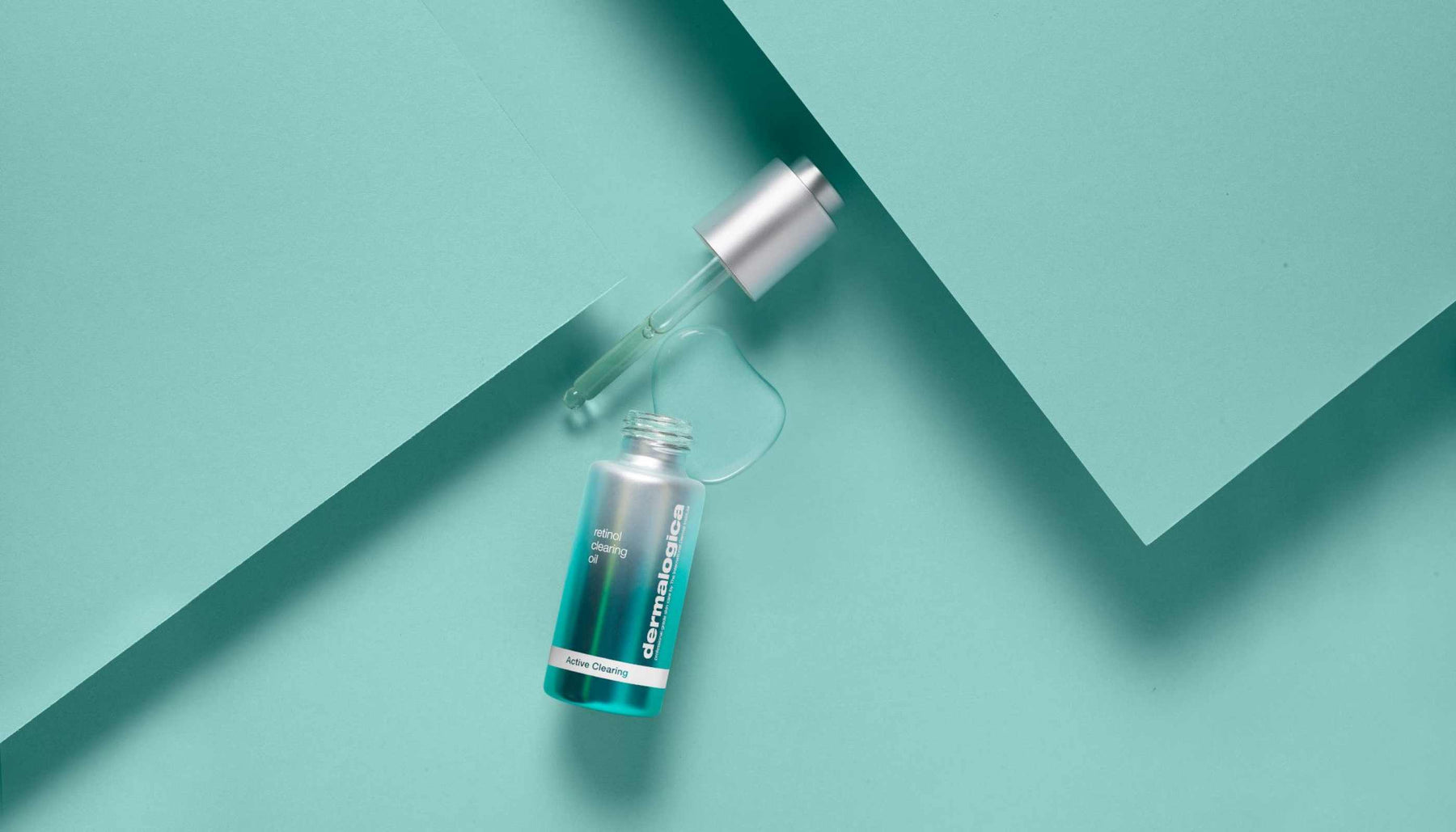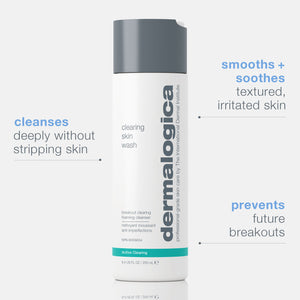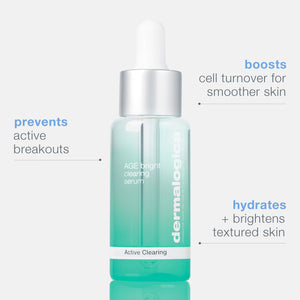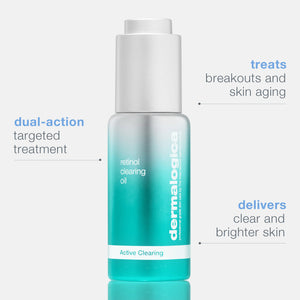3 min read
How to treat adult acne
We grow up and so does our acne; learn how to treat adult acne and premature aging together.

Still using the same acne products you relied on as a teen? They’re probably not working like they used to. That’s because your skin behaves differently when you’re an adult, so you need to treat it differently to get good results.
Unlike teens, adults are typically also concerned about sensitivity, dehydration, and pigmentation issues, which are common among adults. Because cell turnover slows with age, adult skin can take longer to heal than teen skin – which means post-acne marks and redness can last longer, increasing the appearance of premature skin aging.
To clear adult acne, first focus on reducing chronic stress. This is a top acne trigger because it can stimulate excess oil production and hormonal fluctuations as well as impair the skin’s ability to heal.
Second, establish a regular skin care regimen that targets the main contributing factors of acne: overactive sebaceous glands (excess oil), cell proliferation (excess dead skin cells), growth of acne-causing bacteria, chronic inflammation, and post-inflammatory hyperpigmentation. (The last one is what causes those stubborn post-acne marks.)
Look for multifunctional products that contain ingredients like Salicylic Acid, which helps clear away dead skin cells; Bentonite or Kaolin Clay, which helps reduce excess sebum (oil); Thymol and Terpineol, which help reduce sebum and breakout-causing bacteria; Niacinamide and Hexylresorcinol, which help fade post-inflammatory hyperpigmentation; and soothing botanicals like Tea Tree Oil and Licorice.
do you have post-inflammatory hyperpigmentation (PIH) or a scar?
It’s easy to confuse post-inflammatory hyperpigmentation with a scar, but they are very different. Think of PIH as skin tone-related and a scar as texture-related. PIH leaves a mark that ranges from pink to dark black. A scar creates a raised or depressed area on the skin, resulting from a loss or overgrowth of tissue. Most PIH can be reduced over time with exfoliants or ingredients such as Hexylresorcinol and Niacinamide. Scars cannot be sufficiently reduced or removed through skin care alone.
Practice good skin care habits. While teen and adult acne differ, both can be reduced by the following habits, which help promote clear skin:
-
Clean make-up brushes regularly, wash pillowcases weekly and disinfect cell phones daily to help reduce breakout-causing bacteria.
-
Avoid ingredients such as Lanolin, Isopropyl Myristate (common in powders), Mineral Oil (which can prevent skin cells from shedding properly) and fragrance (a common irritant).
-
Be careful not to wash your face with hot water, over-exfoliate, or treat the skin too aggressively. Such habits can dry out the skin and trigger inflammation, which can lead to wrinkles.
-
Keep skin moisturized to combat dehydration, which not only makes fine lines more apparent but also stimulates excess oil production in the skin.
-
Avoid pore-clogging, congestion-inducing habits like working out with make-up on and not thoroughly cleansing skin afterwards.
-
Practice a healthy lifestyle whenever possible. That means get more sleep, eat a balanced diet, drink more water, limit caffeine consumption, and don’t smoke. Do this, and you’ll be on your way to clear skin in no time!
Active Clearing is Dermalogica’s answer to breakouts and related signs of premature skin aging. To find out which products in this system are ideal for your skin, visit a Dermalogica professional skin therapist for a Face Mapping® skin analysis and customized product prescription.







